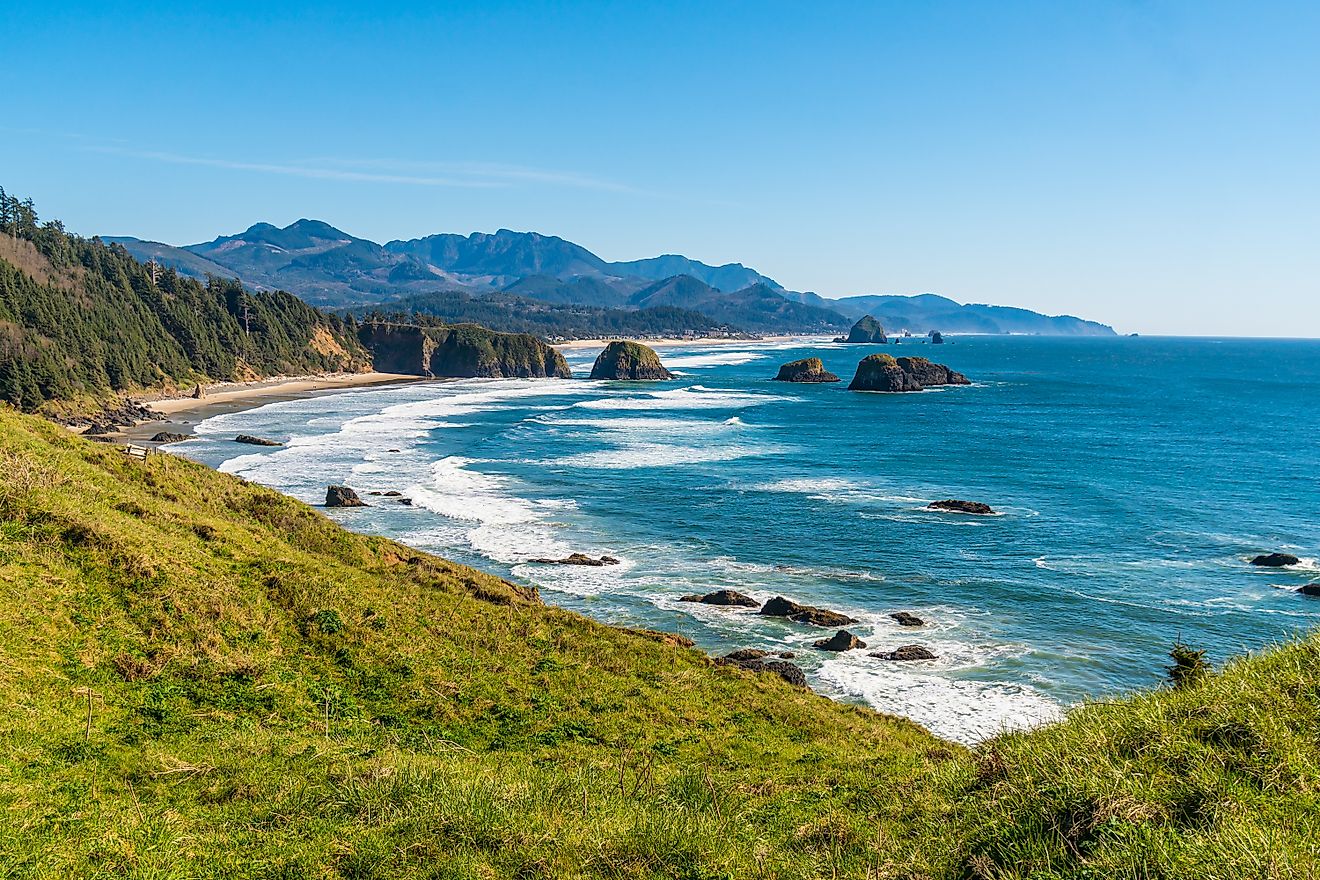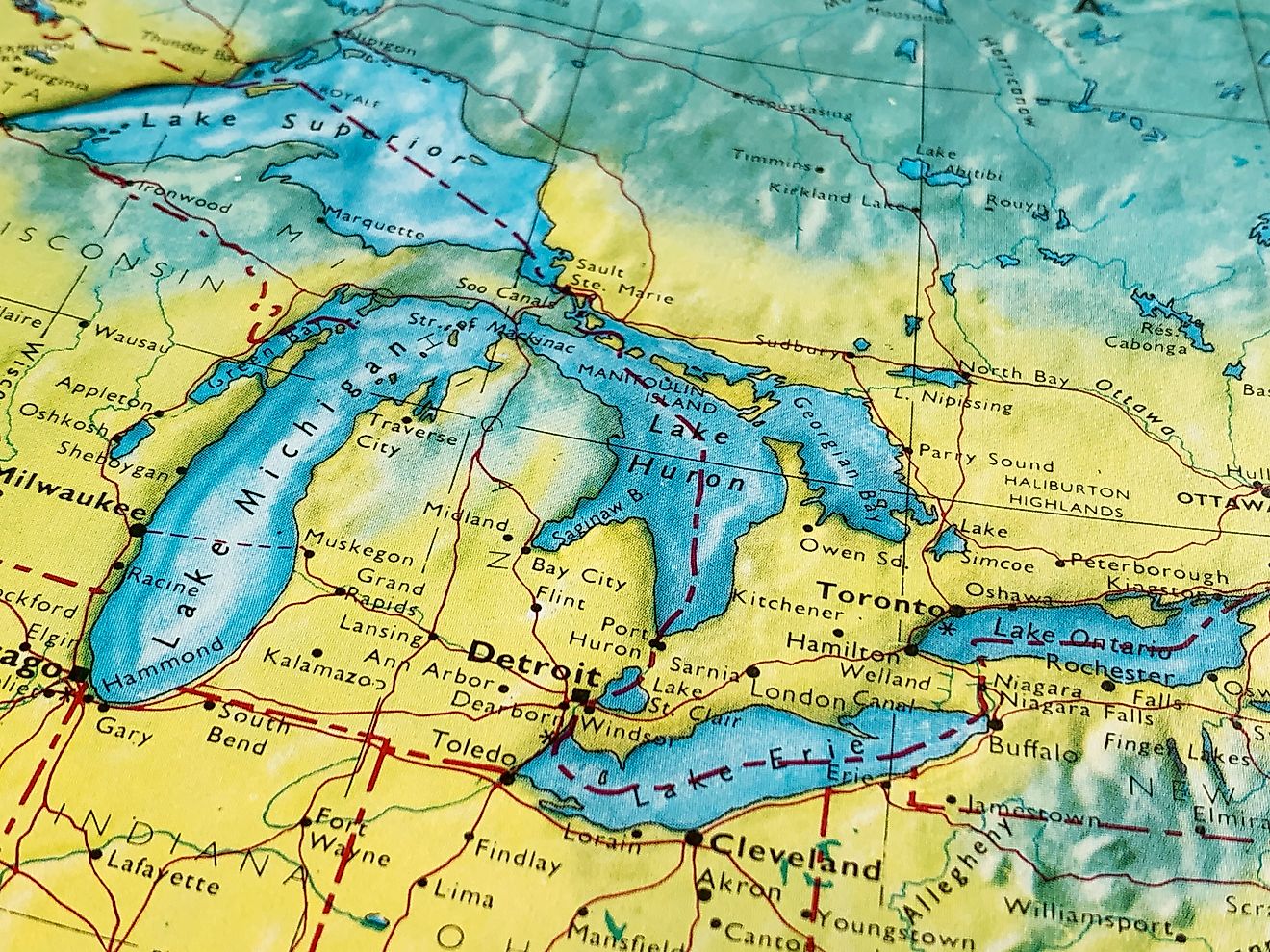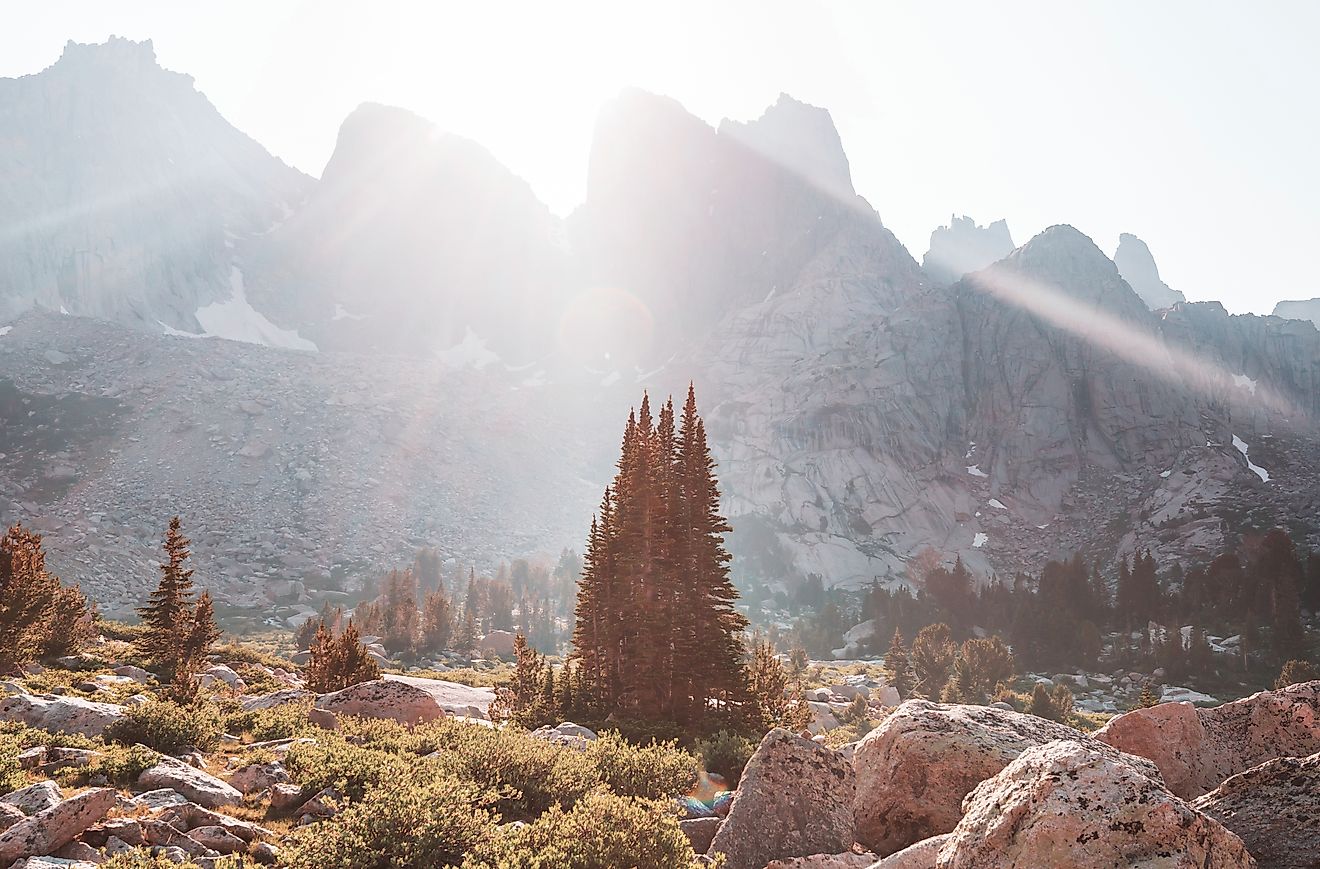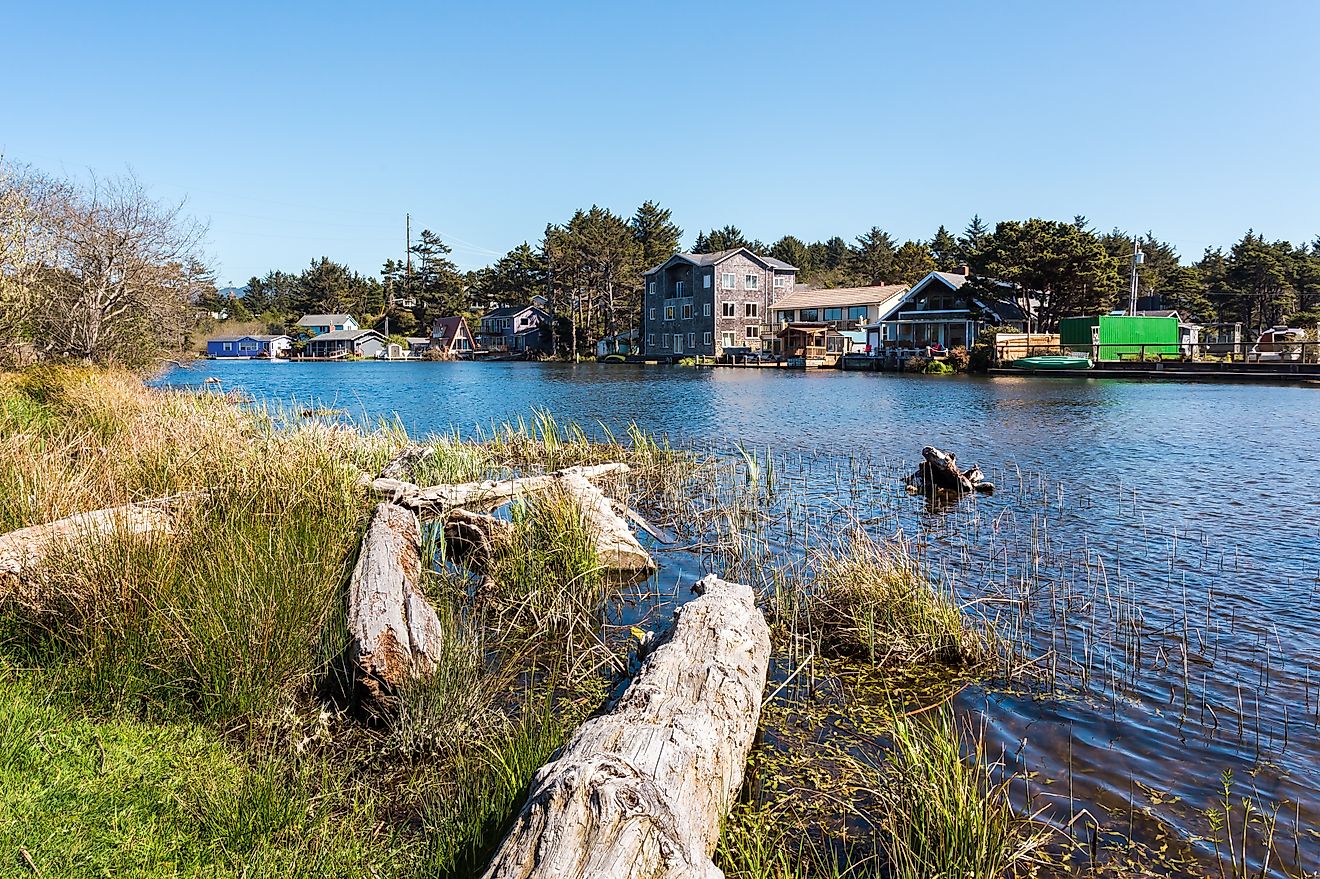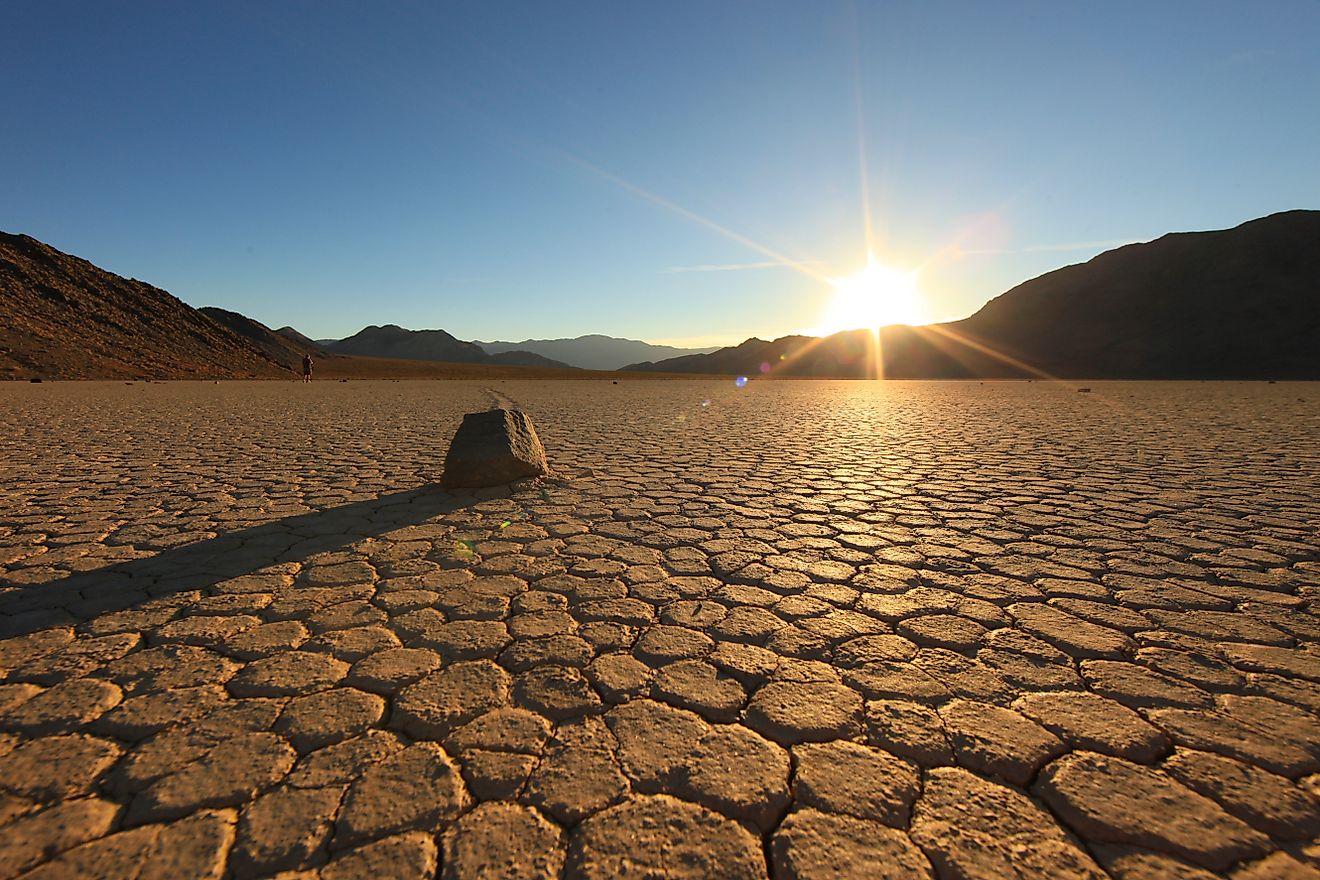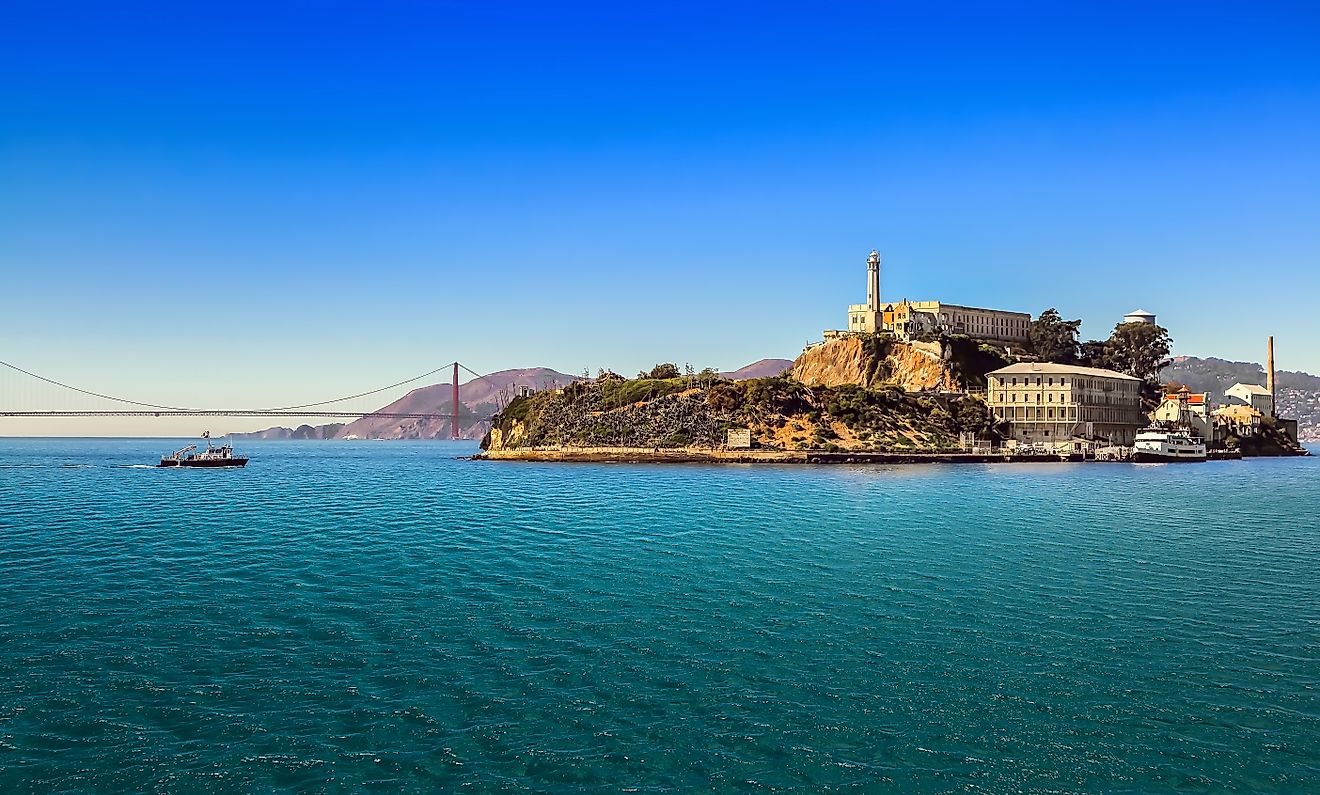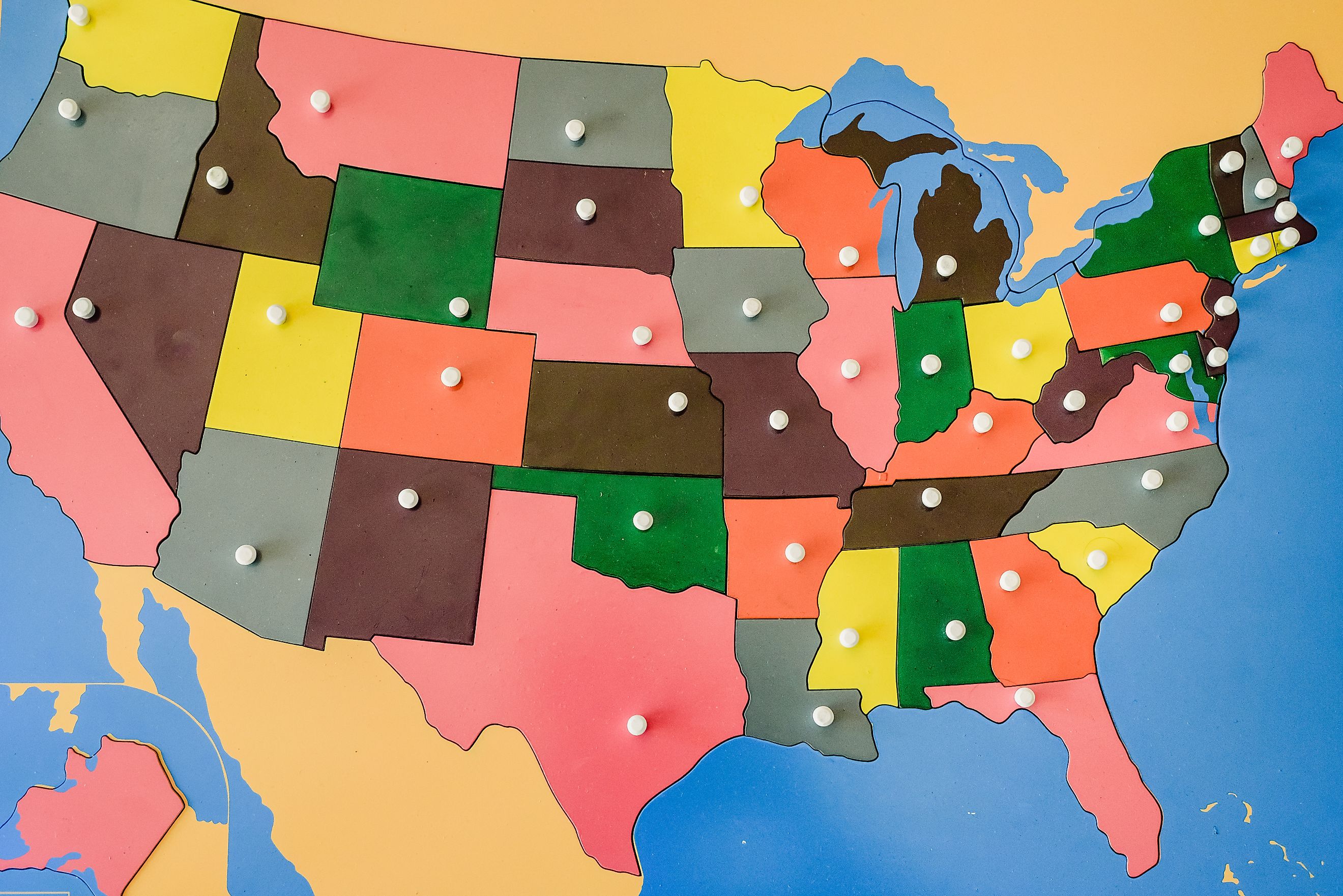
How Many US States Are There?
It’s a question that sounds simple—How many US states are there?—and yet the answer opens the door to an entire conversation about American identity, politics, and geography. The United States is officially made up of 50 states, a number that’s been unchanged since 1959. But there’s a rich and often overlooked backstory behind that figure. From how the states came to be to the ongoing debates about whether more should be added, understanding why we have 50 states helps explain the American experiment itself.
Explore the origins of that number, debunk common myths, dive into the role of states in US governance, and take a closer look at places like Puerto Rico and Washington, D.C. that sit on the edge of potential statehood.
The Origins: 13 Colonies and the Birth of a Nation
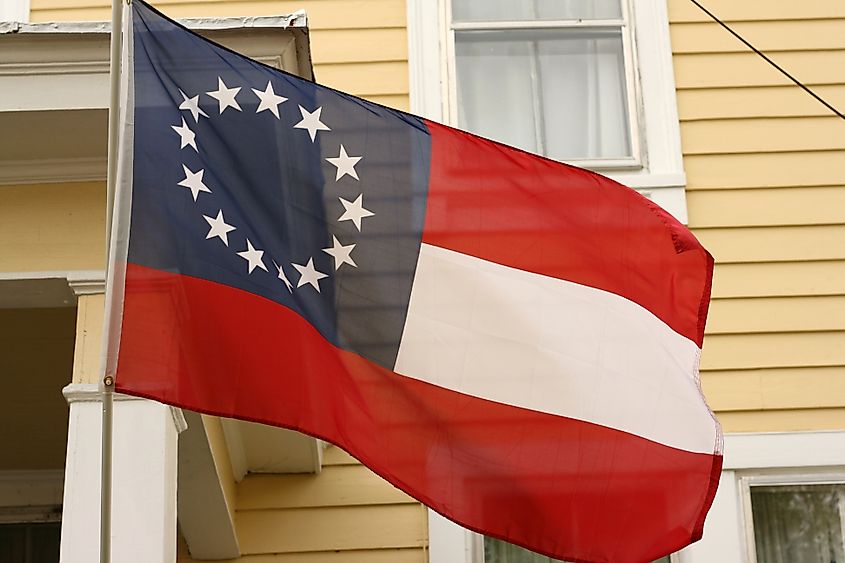
The United States began as 13 British colonies along the eastern seaboard. Following the American Revolutionary War (1775–1783), these colonies declared independence and became the first states of the union. They were:
-
Delaware
-
Pennsylvania
-
New Jersey
-
Georgia
-
Connecticut
-
Massachusetts
-
Maryland
-
South Carolina
-
New Hampshire
-
Virginia
-
New York
-
North Carolina
-
Rhode Island
These 13 states formed the core of what would become a growing federation. With the adoption of the US Constitution in 1789, a blueprint was established for adding new states.
How the Union Grew: From 13 to 50
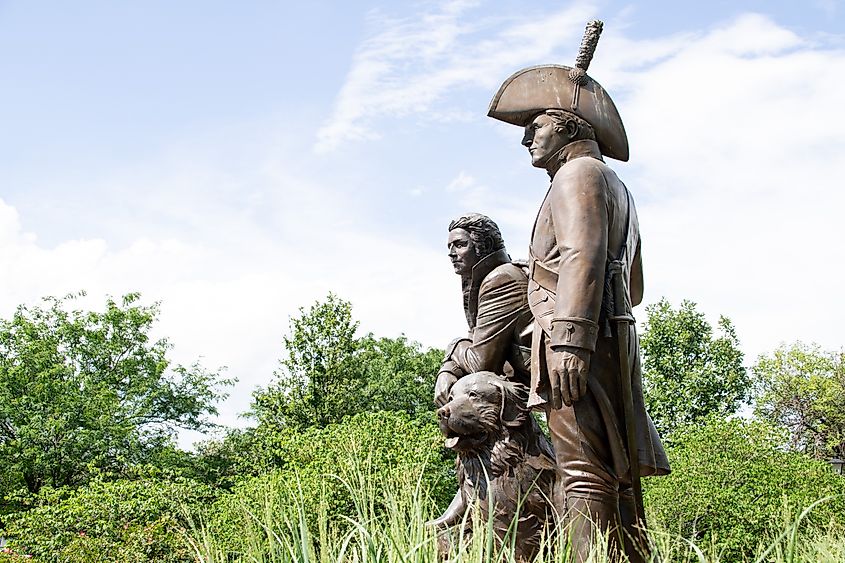
The expansion of the US was shaped by territorial acquisitions, treaties, wars, and political compromises. Here are some key milestones:
-
1791-1796: Vermont, Kentucky, and Tennessee were added, showing how early expansion focused on uniting geographically and culturally connected areas.
-
1803: The Louisiana Purchase doubled US territory, opening the door for many new states.
-
1845-1848: Texas joined the union; the Mexican-American War added large swaths of the Southwest.
-
1867: Alaska was purchased from Russia.
-
1898: The annexation of Hawaii, which would become the 50th state.
-
1959: Alaska and Hawaii were admitted, marking the final additions to the union.
The process of becoming a state typically involves a territory petitioning Congress, drafting a state constitution, and receiving approval. But politics often played a role: balancing power between free and slave states before the Civil War, or between Democratic and Republican interests in the 20th century.
Why Some People Think There Are More (or Fewer) Than 50 States
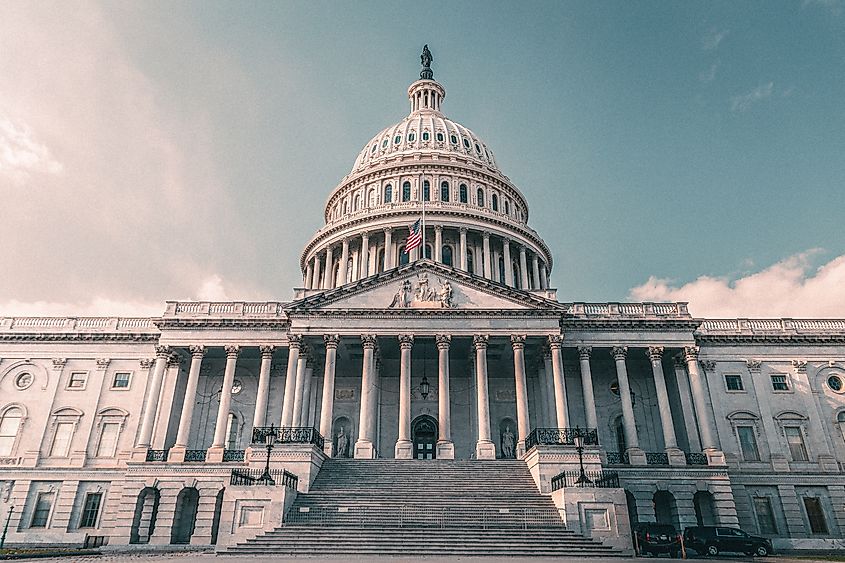
Despite the official number, confusion persists.
-
Washington, D.C. is a federal district, not a state. It has its own local government but no voting representation in Congress, leading to ongoing debates about statehood.
-
Puerto Rico is a US territory whose residents are US citizens. They can vote in presidential primaries but not general elections. Several referenda have shown support for statehood, but Congress has yet to act.
-
Guam, the US Virgin Islands, American Samoa, and the Northern Mariana Islands are also US territories with varying levels of autonomy and representation.
Some conspiracy theories or jokes also perpetuate myths like there being 52 states, often mistaking territories or D.C. as full states.
The Significance of Statehood
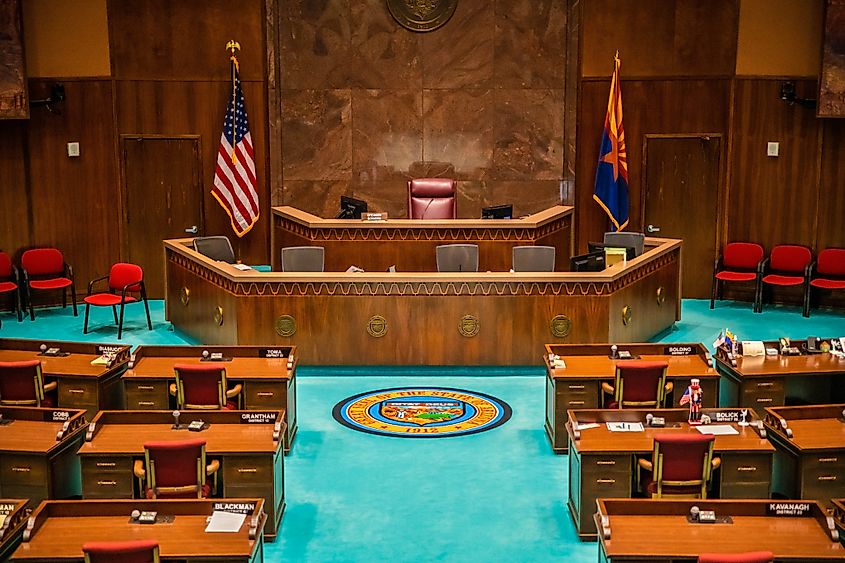
Each US state has a degree of sovereignty. They have their own constitutions, governments, court systems, and laws. However, they operate under the framework of the US Constitution, which provides federal supremacy.
Key implications of statehood include:
-
Representation: Each state gets two Senators and at least one Representative in Congress.
-
Electoral Power: States control the conduct of elections and allocate Electoral College votes for presidential elections.
-
Legal Autonomy: States can pass laws on education, health, criminal justice, and more, as long as they don't conflict with federal law.
The Debate Over Adding More States

The idea of adding more states isn't just hypothetical.
-
Washington, D.C. has pushed for statehood, arguing its residents deserve full representation. A bill passed the House of Representatives in 2021 but stalled in the Senate.
-
Puerto Rico has held multiple referenda. In 2020, 52% of voters said "Yes" to statehood, but it remains a territory.
The addition of new states would shift political power and require Congressional approval, making it a contentious issue.
Cultural and Geographic Diversity
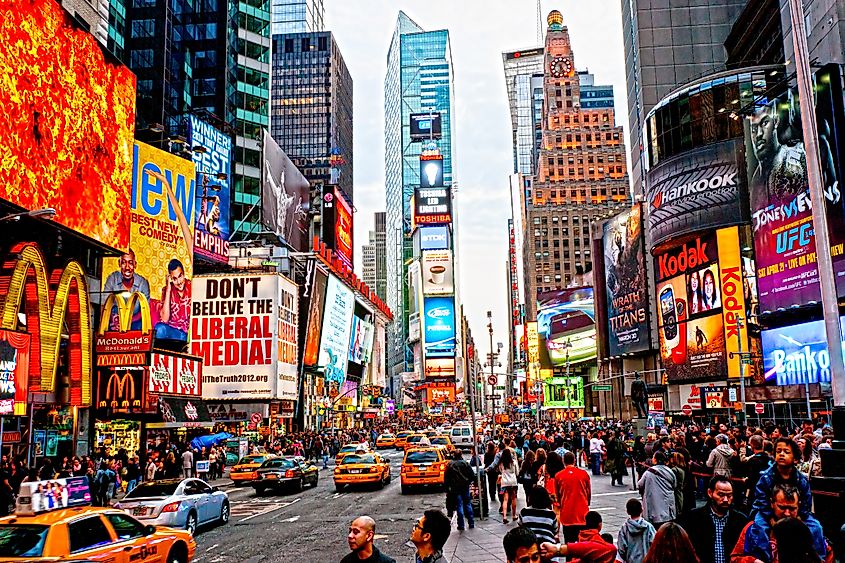
The 50 states span a continent and beyond, encompassing deserts, mountains, tropical beaches, and tundra. From the cultural melting pots of California and New York to the rural heartlands of Kansas and the unique island identity of Hawaii, the states are far from uniform.
This diversity is a strength and a challenge. It creates vibrant cultural landscapes but also differing policies and political leanings that can lead to friction in national debates.
Quick Facts: The 50 States
-
Largest by area: Alaska
-
Smallest by area: Rhode Island
-
Most populous: California
-
Least populous: Wyoming
-
Newest: Hawaii (1959)
-
Oldest: Delaware (first to ratify the Constitution)
Why the Number Still Matters
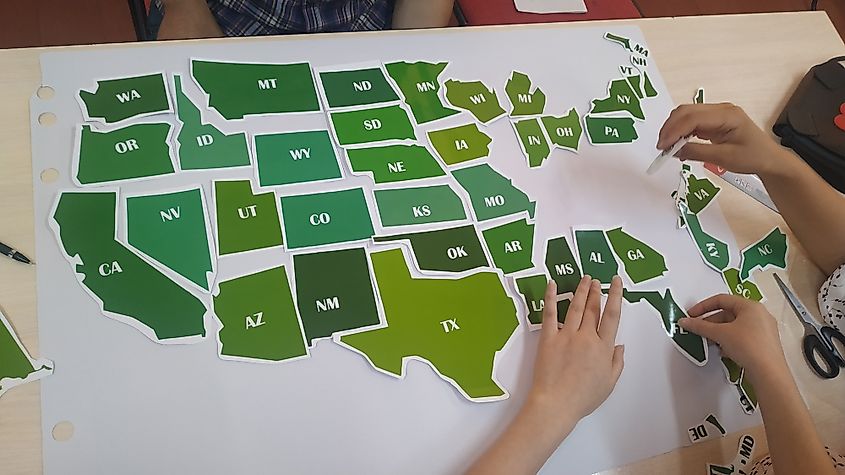
There are 50 states in the United States. It may seem like a simple fact, but it's a window into the country’s history, structure, and identity. Understanding what it means to be a state—and who gets to become one—helps us better grasp the nature of American democracy.
While the US map hasn't changed since 1959, the conversations around statehood, representation, and identity are far from over. Whether it’s Washington, D.C. or Puerto Rico, the potential for a 51st star on the flag keeps the question alive: will 50 always be the number, or is change on the horizon?
List of All 50 US States (Alphabetical)
-
Alabama
-
Alaska
-
Arizona
-
Arkansas
-
California
-
Colorado
-
Connecticut
-
Delaware
-
Florida
-
Georgia
-
Hawaii
-
Idaho
-
Illinois
-
Indiana
-
Iowa
-
Kansas
-
Kentucky
-
Louisiana
-
Maine
-
Maryland
-
Massachusetts
-
Michigan
-
Minnesota
-
Mississippi
-
Missouri
-
Montana
-
Nebraska
-
Nevada
-
New Hampshire
-
New Jersey
-
New Mexico
-
New York
-
North Carolina
-
North Dakota
-
Ohio
-
Oklahoma
-
Oregon
-
Pennsylvania
-
Rhode Island
-
South Carolina
-
South Dakota
-
Tennessee
-
Texas
-
Utah
-
Vermont
-
Virginia
-
Washington
-
West Virginia
-
Wisconsin
-
Wyoming

